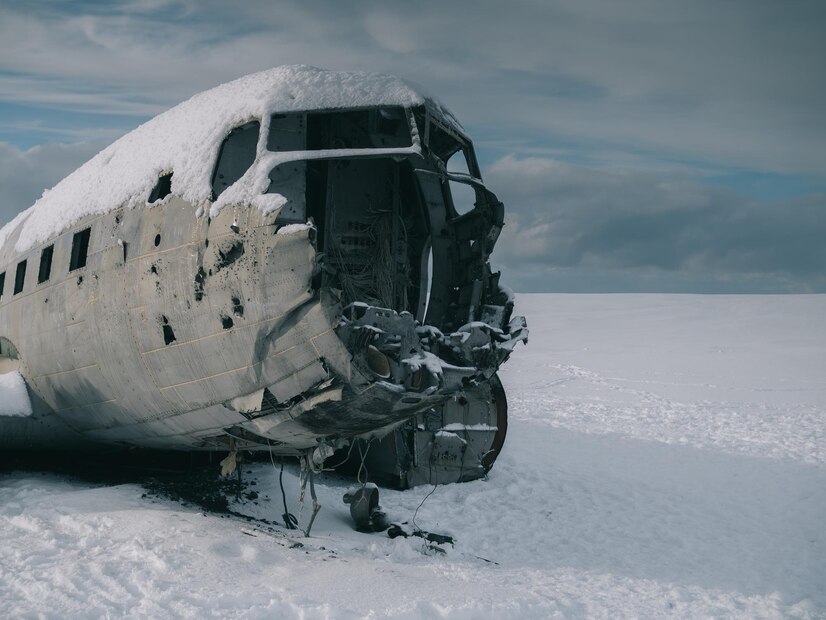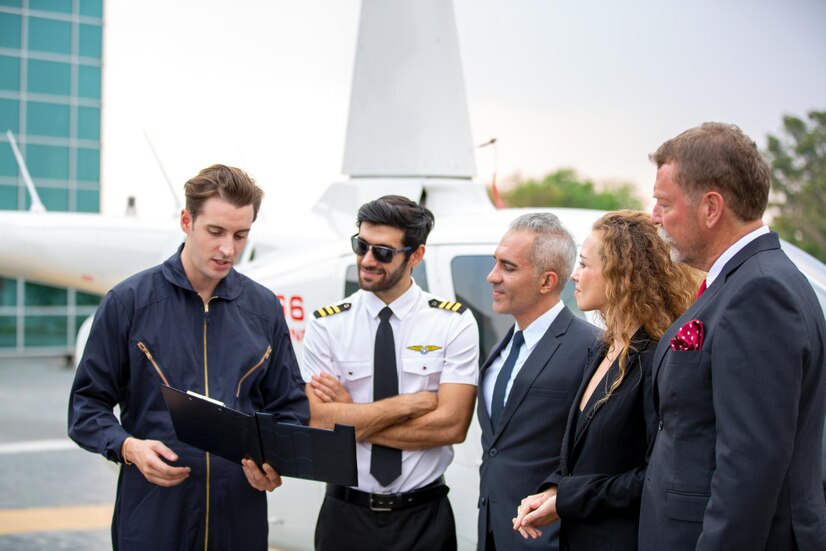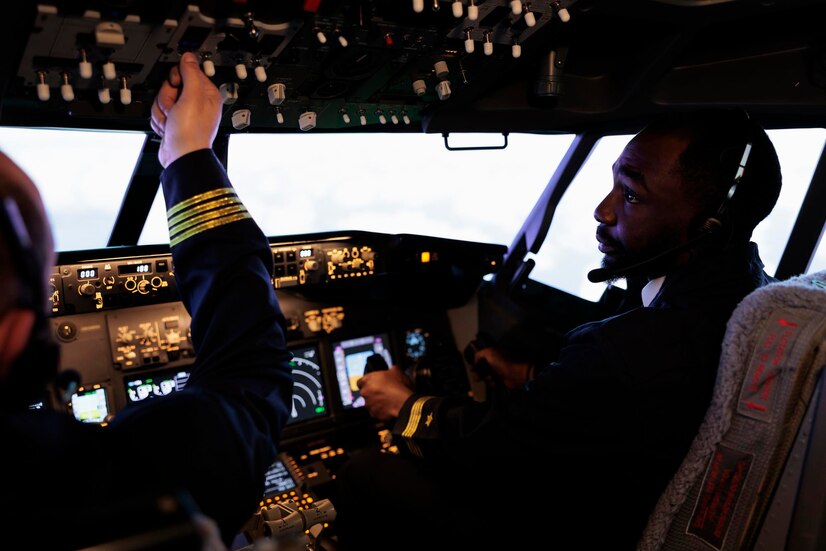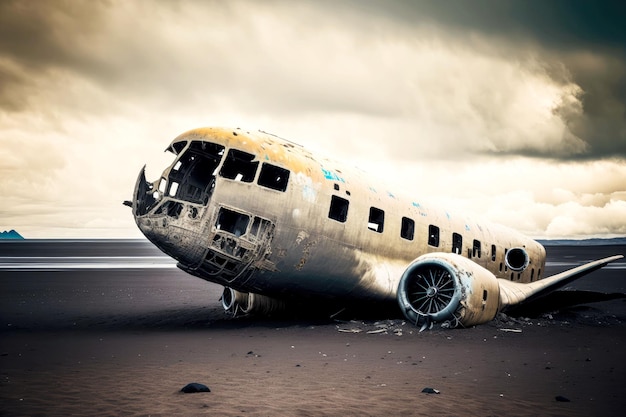Plane Accidents In Alaska – What You Should Know
5 Mins Read
2 comments
Published on: 15 February 2024
Last Updated on: 13 November 2024

toc impalement
Among all the states, plane accidents in Alaska are extremely common. Sadly, these accidents leave survivors with many challenges.
On the other hand, some passengers lose their lives after an air crash. If you’ve been involved in a plane accident in Wasilla, you may be eligible for compensation.
Common Causes Of Alaska Plane Accidents
Alaska is known for its breathtaking landscapes and remote wilderness, making it a popular destination for aviation enthusiasts. However, flying in this rugged state comes with its own set of challenges and risks. Here are ten common causes of plane accidents in Alaska:
Unpredictable Weather
Alaska’s weather can change rapidly, with fog, snowstorms, and high winds posing significant risks to pilots. Air traffic controllers have an equal responsibility to report the right weather information to pilots from time to time. While passing the wrong information, there can be increasing chances of meeting with an air disaster.
Mountainous Terrain
The state’s mountain ranges and narrow valleys can be treacherous for pilots, especially those unfamiliar with the area. Sometimes, aircraft landing needs clear clouds. But if that’s not the situation, landing might be difficult in mountainous terrain. Since Alaska has a gliding slope, most aircraft end up colliding with the ground.
Pilot Error
Mistakes made by pilots, such as misjudging altitude or failing to navigate properly, contribute to a significant number of accidents. There are multiple examples of a pilot’s mistake simply causing plane accidents in Alaska. Undivided attention, good cooperation, and a presence of mind are some basic criteria for a pilot.
Mechanical Failures
Equipment malfunctions, including engine failures or faulty instruments, can lead to catastrophic accidents. The design of the aircraft differs greatly. They have different engines, wings, cockpits and propeller instrumentation. If an aircraft lacks any of these, it might result to a massive accident.
Lack Of Experience
Inexperienced pilots who are not familiar with Alaska’s unique flying conditions may struggle to navigate safely. This can increase the chance of air crashes. Hence, it is necessary to hand over a passenger-filled aircraft to professional hands. Risking the lives of hundreds isn’t an ideal thing to do.
Overloading
Overloading an aircraft beyond its weight capacity can affect its performance and stability, increasing the risk of accidents. Also, neglecting regular maintenance and inspections can lead to mechanical failures and compromise the safety of the aircraft.
Communication Issues
In remote areas, communication can be challenging, making it difficult for pilots to receive updated weather information or seek assistance in emergencies. Sometimes, long flights, irregular schedules, and challenging conditions can lead to pilot fatigue, impairing judgment and reaction times.
Wildlife Hazards
Alaska is home to a diverse range of wildlife, and collisions with birds or larger animals can cause significant damage to aircraft. The ideal thing to do here is to keep the aircraft stored in a secure place so that no animals can cause harm to it. Wildlife hazards are not unexplainable, but they are certainly hazardous!
Effective Measures For Preventing Plane Accidents In Alaska
Air safety is of paramount importance in the aviation industry. The following measures can play a big role in preventing air crashes:
Robust Pilot Training

Ensuring pilots receive comprehensive and ongoing training is crucial. Regular simulator sessions, emergency drills, and continuous education on new technologies help pilots stay updated and prepared for any situation.
Strict Maintenance Procedures
Regular inspections, maintenance, and adherence to manufacturer guidelines are essential for keeping aircraft in optimal condition. Stringent maintenance procedures minimize the risk of mechanical failures.
Improved Communication Systems
Advanced communication systems, such as ACARS (Aircraft Communications Addressing and Reporting System), facilitate real-time communication between pilots and air traffic controllers. This helps in avoiding misunderstandings and potential collisions.
Enhanced Air Traffic Control
Upgrading air traffic control systems with advanced radar technology and automated systems allows for better monitoring and coordination of aircraft movements, reducing the risk of mid-air collisions.
Effective Weather Monitoring
Accurate and timely weather information is crucial for flight safety. Improved weather monitoring systems enable pilots to make informed decisions and avoid hazardous weather conditions.
Enhanced Pilot Fatigue Management

Implementing regulations and guidelines to manage pilot fatigue is essential. Adequate rest periods, duty time limitations, and regular health checks help prevent fatigue-related errors.
Stricter Regulatory Oversight
Governments and aviation authorities must enforce stringent regulations and conduct regular safety audits to ensure compliance with safety standards. This includes monitoring airlines, maintenance facilities, and pilot training programs.
Improving Aircraft Design
Continuous advancements in aircraft design focus on enhancing safety features, such as improved structural integrity, redundancy in critical systems, and better fire suppression mechanisms.
Effective Crew Resource Management
Encouraging open communication and teamwork among the flight crew is vital. Crew resource management training helps improve decision-making, problem-solving, and effective communication during critical situations.
Comprehensive Accident Investigation

A thorough investigation of accidents is crucial for identifying root causes and implementing corrective measures. Sharing lessons learned and implementing recommendations from accident investigations helps prevent similar incidents in the future.
Read Also: 5 Common Types Of Construction Site Accidents That Require A Lawyer
Who Bears Liability In Airplane Accidents?
When it comes to airplane accidents, determining liability can be a complex matter. Several parties may bear responsibility depending on the circumstances.
Firstly, the airline itself can be held liable if the accident occurred due to negligence, such as inadequate maintenance or pilot error. Additionally, manufacturers may be held responsible if a faulty aircraft component contributed to the accident.
Air traffic controllers could also be liable if their errors or miscommunications led to the incident. In some cases, liability may extend to the airport authorities if inadequate runway maintenance or other infrastructure issues play a role.
Ultimately, investigating authorities, insurance companies, and legal experts should collaborate to determine who bears the liability in each specific airplane accident.
The aviation industry keeps striving to prevent plane accidents in alaska and ensure the safety of passengers and crew. Continuous improvement, training, and collaboration among all stakeholders play a significant role in maintaining air safety.
Conclusion
So, that was all about Alaskan aviation accidents. If you live in Alaska and travel a lot by air, make sure to keep yourself ready for the worst. Also, before getting in, ensure how professional your pilot is as well as other considerable factors, too. Thank you for reading the article till the end. I hope you like it! Do not forget to share your thoughts in the comment box below.
Read Also:


















2 comments
Rowena Dickens February 18, 2024 at 1:31 am
Hi my loved one I wish to say that this post is amazing nice written and include approximately all vital infos Id like to peer more posts like this
Coloring Book For Kids Dragon February 19, 2024 at 3:38 pm
Ive read several just right stuff here Certainly price bookmarking for revisiting I wonder how a lot effort you place to create this kind of great informative website